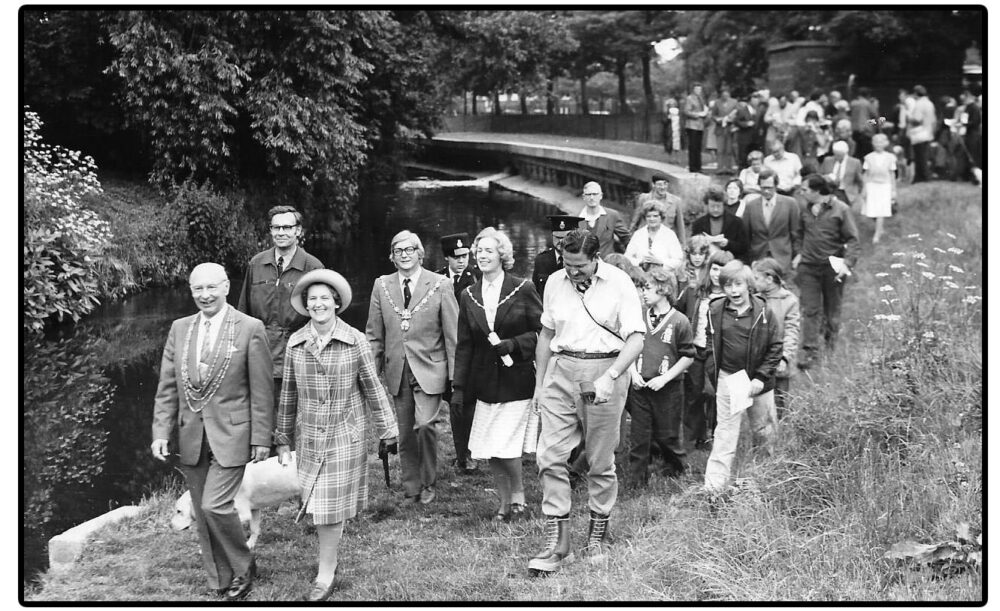A campaign group that champions one of York’s wonderful waterways is celebrating its 50th anniversary.
The River Foss Society was founded in July 1973 by a group of people led by York printer William K Sessions.
At the first meeting in New Earswick, he suggested that the proposed object of the Foss Amenity Society, as it was then known, might be to focus attention on practical ways of improving the footpaths and other amenities of the river for the benefit of naturalists, fishermen, ramblers, and local residents.
At this time commercial barges were still using the lower stretches of the Foss.
Fifty years on and the River Foss Society as it is now called, has much the same aims.
This week they gathered to walk along the bank in celebration of the milestone birthday and recreated a walk which took place 48 years ago.

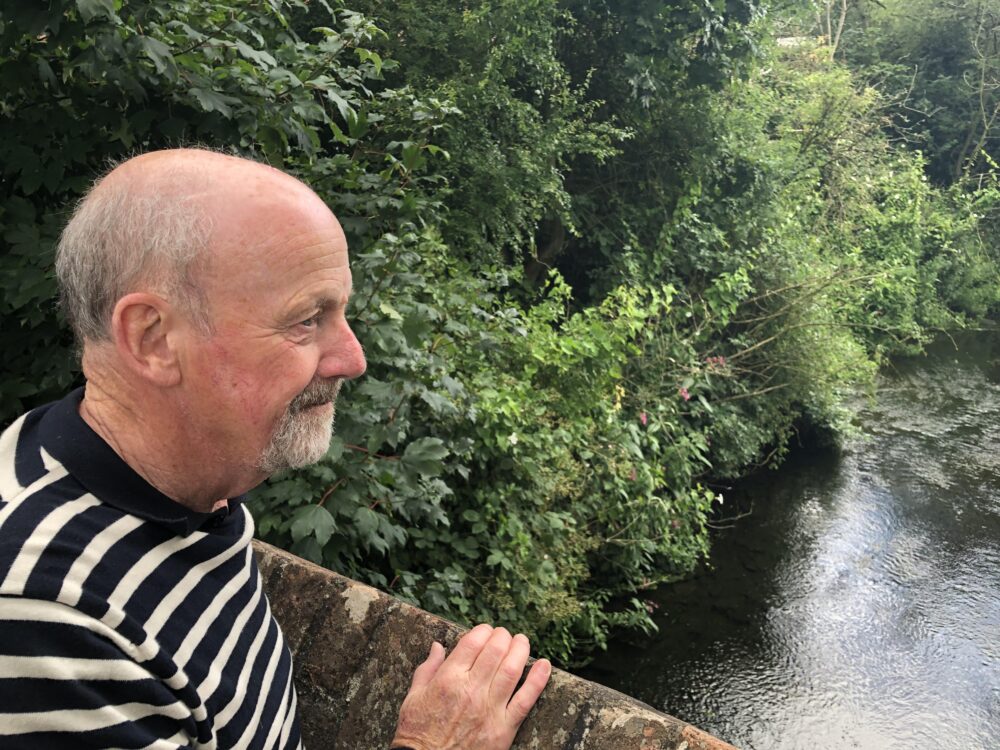
YorkMix Radio has been speaking to Mike Gray, events organiser for the River Foss Society.
He explained how they look after the river. which has seen many changes over the years, especially in its lower reaches around the city of York.
The source, near Newburgh Priory in what was the forest of Galtres, is a spring adjacent to Oulston Reservoir (sometimes called Pond Head Reservoir), into which it then flows. It flows for some 23 miles to reach its confluence with the Ouse.
The Foss drops 300 feet during its passage, most of which happens during the first few miles, with water taking about 48 hours, under normal conditions, to get from Oulston Reservoir, to Blue Bridge in York.
Mike told us: “We get involved in looking after nature and the animals that live by the river and the fish in it. Creatures like water voles, which used to be common up and down the Foss. Now they are quite rare thanks to the mink arriving.
[adrotate group=”3″]
“We also manage things like invasive, non native species, Himalayan balsam, which tends to ruin the banks of the river.
“We do chemical analysis of phosphates and nitrates to look at pollution. And we test the water looking at the macro invertebrates which live along the bottom. They’re a very good indicator of the health of the river long term.”
Following recent testing, the River Foss Society is convinced that raw sewage pollution was a factor in the deaths of hundreds of fish in the river last month.
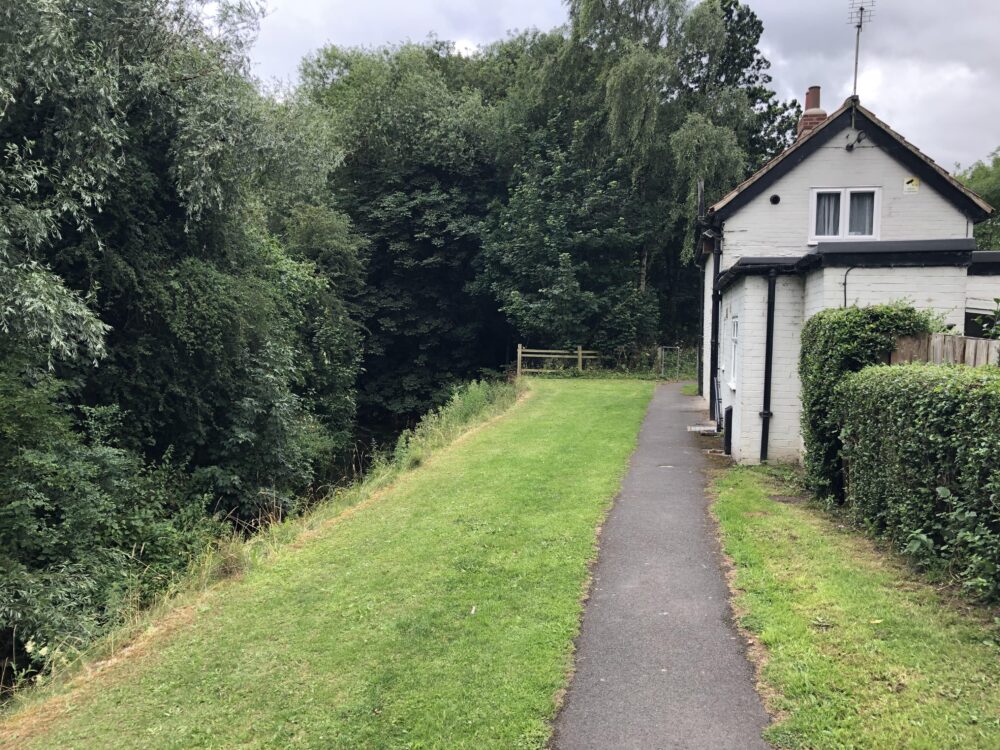
Mike Gray told us more about the walk which took place yesterday (Wednesday): “So it’s a lovely walk from Yearsley Baths up to the lock keepers cottage.
“That’s probably the prettiest of all the bits of the Foss in York itself.
“It was a lovely walk, a friendly group of people all enjoying the views and chatting away.
“I think it was a very good celebration of our 50 years.
“We’re lucky now because we’ve been working with St Nick’s, the charity in York and they’ve put a lot of effort into the environment locally and they’re starting to spread their wings to cover the Foss.
“So we’re now working with them to try and create a green corridor to connect up all the little bits of green along the river and improve the general environment.”
Foss facts
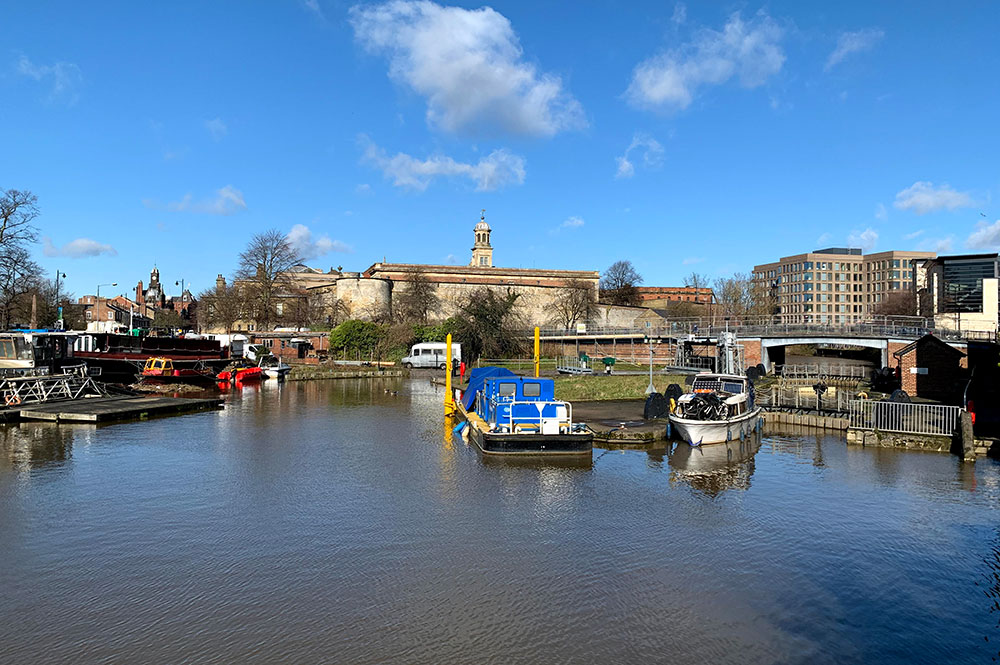
The Foss was dammed at York in the 11th century creating a lake which was part of the city defences, hence the lack of a wall between Red Tower and Monk Bar. It’s nigh-on impossible to attack a city across a swamp!
The lowest reaches of the Foss, from the city of York to the confluence with the Ouse was tidal until the building of Naburn Lock on the Ouse below York in 1757.
Sedimentation is, and always has been, a major problem along the Foss; not surprising given its primary function as a means for draining farmland.
Not until 1791 though, did the local landowners get together and decide to undertake the necessary drainage work and then to build a canal as far as Sheriff Hutton.
The Foss Navigation was but the first of many canals to succumb to railway competition.
The York Press used the Wormald’s Cut to bring in paper for their printing works until 1997.
Conserve and restore
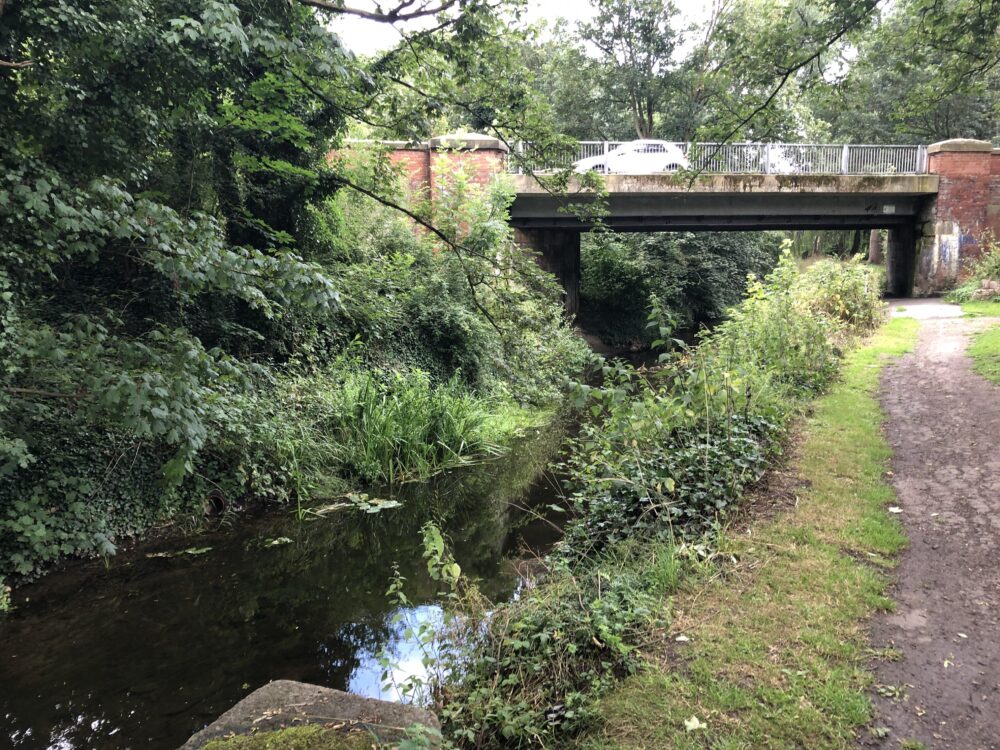
The River Foss Society’s aims:
- Conserve the river’s natural environment
- Prevent pollution in the river
- Restore natural habitats along the river for its vegetation, fish and all animals
- Improve the river for everyone by making it a better place to walk, fish and enjoy other recreational activities
- Help prevent floods in the future by working to control water better
They have already:
- Opened up rights of way along the river and regularly walk them
- Supported the planned reinstatement of a footbridge
- Held regular litter picks and weed control sessions
- Promoted significant improvements in water quality
- Established nature reserves by the river
- Raised awareness of the Foss by talks, exhibitions and leaflets and riverside boards
- Played an active role in monitoring development and planning applications along the river
- Organised visits.
[tptn_list limit=3 daily=1 hour_range=1]
